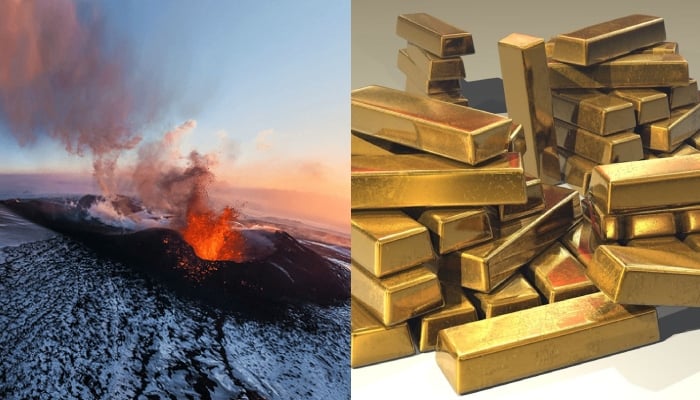Experts have found about 80 grams of crystallized gold in a pocket that erupted from Mount Erebus, one of Antarctica’s 138 volcanoes, the New York Post reported, citing IFL Science.
In addition, the volcano that joins Deception Island is one of two active volcanoes in the area and spews $6,000 worth of gold dust every day.
However, collecting or further analysis may be difficult due to the inaccessibility of our mountain.
The National Aeronautics and Space Administration (Nasa) Earth Observatory reported the discovery of precious metal dust 621 miles from the southernmost lava crater of Erebus as part of another meteor event.
“It continuously emits large amounts of gas and steam and sometimes fires rocks (bombs),” Nasa said.
Erebus has been filming continuously since 1972, according to Conor Bacon of Columbia University’s Lamont-Doherty Earth Observatory in New York.
He also said that the mountain is known as a “lava lake” in one of its high-level craters.
However, there is still a lack of knowledge about volcanic formations in Antarctica and events that may have set the rest of the hundred plus ice volcanoes in motion.
This lack of systematic research is often the result of geographic isolation.
Bacon says that Erebus and Deception Island have a limited number of “permanent monitoring instruments”, “consisting mainly of seismometers for detecting seismic activity associated with volcanic disturbances”.
Volcano spews gold dust worth $6k daily





